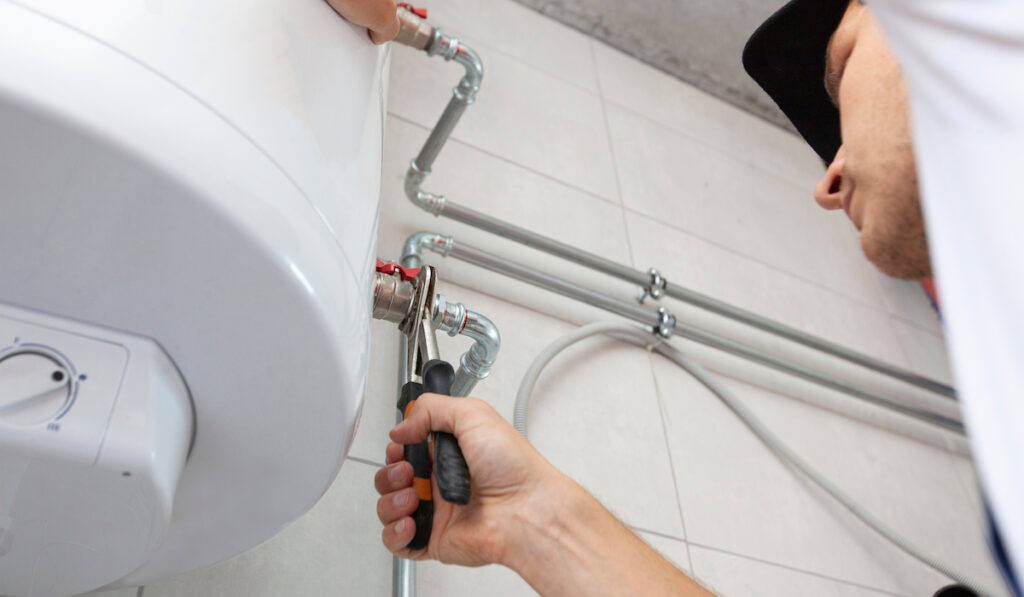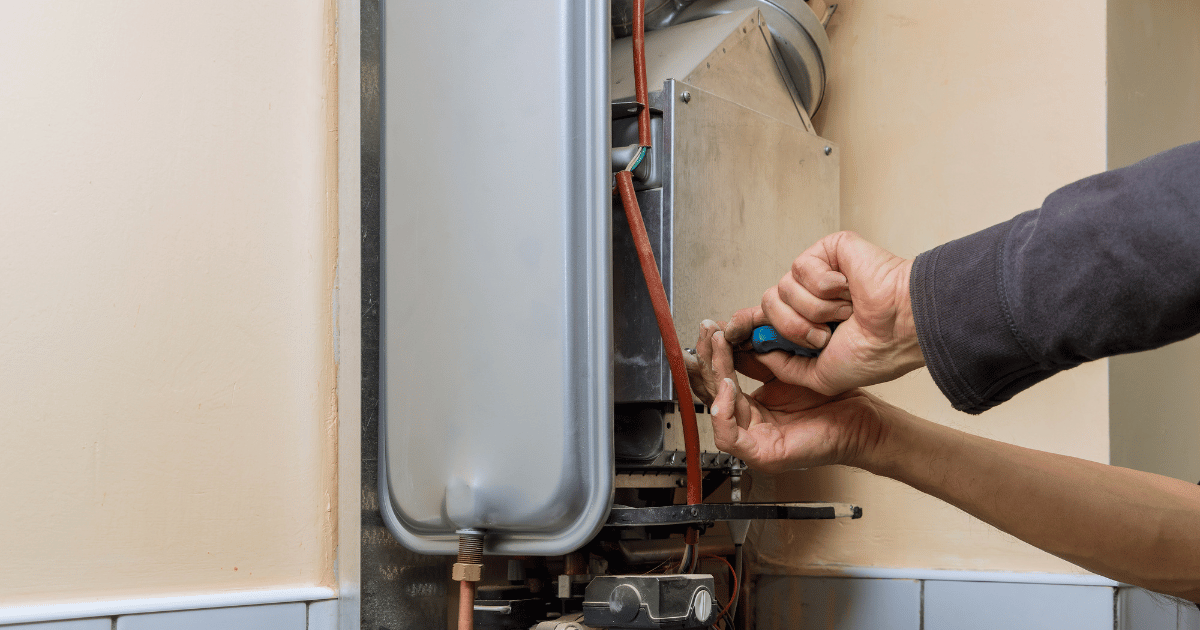Top Ways to Maintain Your Home's Hot Water System Successfully
Top Ways to Maintain Your Home's Hot Water System Successfully
Blog Article
The writer is making a number of great pointers relating to How to Maintain a Hot Water Heater in a Few Simple Steps in general in the content just below.

Warm water is vital for day-to-day comfort, whether it's for a refreshing shower or cleaning meals. To ensure your warm water system runs effectively and lasts longer, normal maintenance is key. This write-up provides functional suggestions and insights on exactly how to maintain your home's warm water system to avoid disturbances and pricey repair services.
Introduction
Keeping your home's hot water system could seem daunting, yet with a couple of simple actions, you can ensure it operates efficiently for years ahead. This overview covers every little thing from comprehending your warm water system to DIY upkeep tips and understanding when to call in specialist help.
Value of Maintaining Your Hot Water System
Normal maintenance not only expands the lifespan of your hot water system however also ensures it runs successfully. Overlooking upkeep can result in lowered efficiency, higher energy costs, and also premature failure of the system.
Indicators Your Hot Water System Needs Upkeep
Recognizing when your hot water system needs attention can stop significant issues. Look out for indications such as irregular water temperature level, strange noises from the heating system, or rusty water.
Understanding Your Hot Water System
Before diving right into upkeep jobs, it's helpful to comprehend the basic components of your hot water system. Normally, this includes the hot water heater itself, pipelines, anode rods, and temperature controls.
Month-to-month Upkeep Tasks
Normal monthly checks can help catch minor problems before they intensify.
Flushing the Hot Water Heater
Purging your hot water heater gets rid of debris build-up, boosting effectiveness and lengthening its life.
Monitoring and Changing Anode Rods
Anode poles protect against deterioration inside the container. Inspecting and replacing them when worn is vital.
Evaluating and Readjusting Temperature Level Setups
Readjusting the temperature setups makes certain optimum efficiency and safety and security.
Do It Yourself Tips for Maintenance
You can carry out numerous upkeep jobs yourself to keep your hot water system in leading problem.
Checking for Leakages
On a regular basis check pipes and connections for leakages, as these can cause water damages and higher expenses.
Evaluating Pressure Alleviation Valves
Checking the pressure relief valve guarantees it works appropriately and stops extreme pressure build-up.
Protecting Pipes
Shielding warm water pipelines decreases heat loss and can conserve energy.
When to Call a Professional
While do it yourself upkeep is advantageous, some problems require specialist experience.
Complicated Issues Calling For Expert Help
Examples consist of major leakages, electrical troubles, or if your water heater is consistently underperforming.
Regular Specialist Maintenance Conveniences
Expert upkeep can consist of comprehensive examinations, tune-ups, and guaranteeing conformity with security criteria.
Final thought
Regular maintenance of your home's warm water system is necessary for efficiency, longevity, and expense savings. By complying with these tips and understanding when to look for expert aid, you can make certain a reliable supply of hot water without unanticipated interruptions.
How to Maintain an Instant Hot Water Heater
Before tinkering with your hot water heater, make sure that it’s not powered on. You also have to turn off the main circuit breaker and shut off the main gas line to prevent accidents. Also turn off the water valves connected to your unit to prevent water from flowing into and out of the appliance. 2. When you’re done, you have to detach the purge valves’ caps. These look like the letter “T†and are situated on either side of the water valves. Doing so will release any pressure that has accumulated inside the valves while at the same time avoid hot water from shooting out and burning your skin. 3. When the purge valves’ caps are removed, you have to connect your hosing lines to the valves. Your unit should have come with three hoses but if it didn’t, you can purchase these things from any hardware or home repair shops. You can also get them from retail stores that sell water heating systems. Read the user’s manual and follow it to complete this task properly. When the hosing lines are connected, open the purge port’s valves. 4. You should never use harsh chemical cleaners or solutions when cleaning your unit. Make use of white vinegar instead. It should be undiluted and you’ll probably use about 2 gallons. 5. Now flush your water heater. This task should probably take about 40 minutes. We can’t give you specific directions for this because the procedure is carried out depending on the type, model and brand of your heater. With that being said, refer to the user’s manual. 6. When you’re done draining the unit, you have to turn off the purge port valves again. Remove the hosing lines that you earlier installed on each of the water valves. Put the valve caps (purge port) back in their respective places and be very careful so as not to damage the rubber discs that are found inside these caps. 7. Now that everything’s back in place, check your user’s manual again to find out how to reactivate your water heating system. 8. Once it is working, turn one of your hot water faucets on just to let air pass through the heater’s water supply pipes. Leave the tap on until water flows smoothly out of it. https://www.orrplumbing.com/blog/2014/september/how-to-maintain-an-instant-hot-water-heater/

Do you appreciate more info about How to Maintain Your Water Heater & Prolong its Life? Place feedback further down. We will be happy to know your feelings about this post. In hopes that you come back again soon. Feel free to take the time to distribute this blog if you appreciated it. We recognize the value of your readership.
Request Appointment Report this page